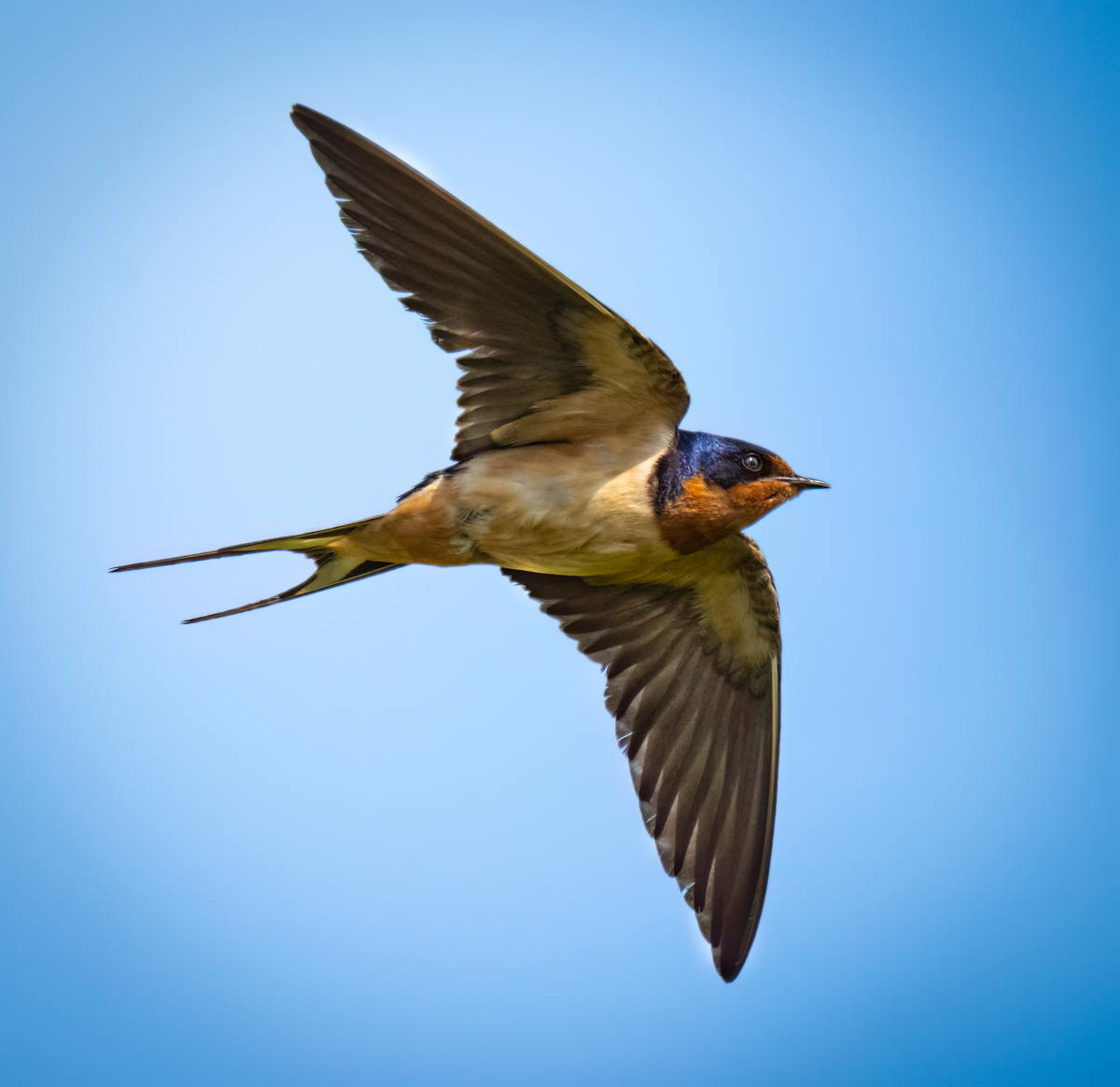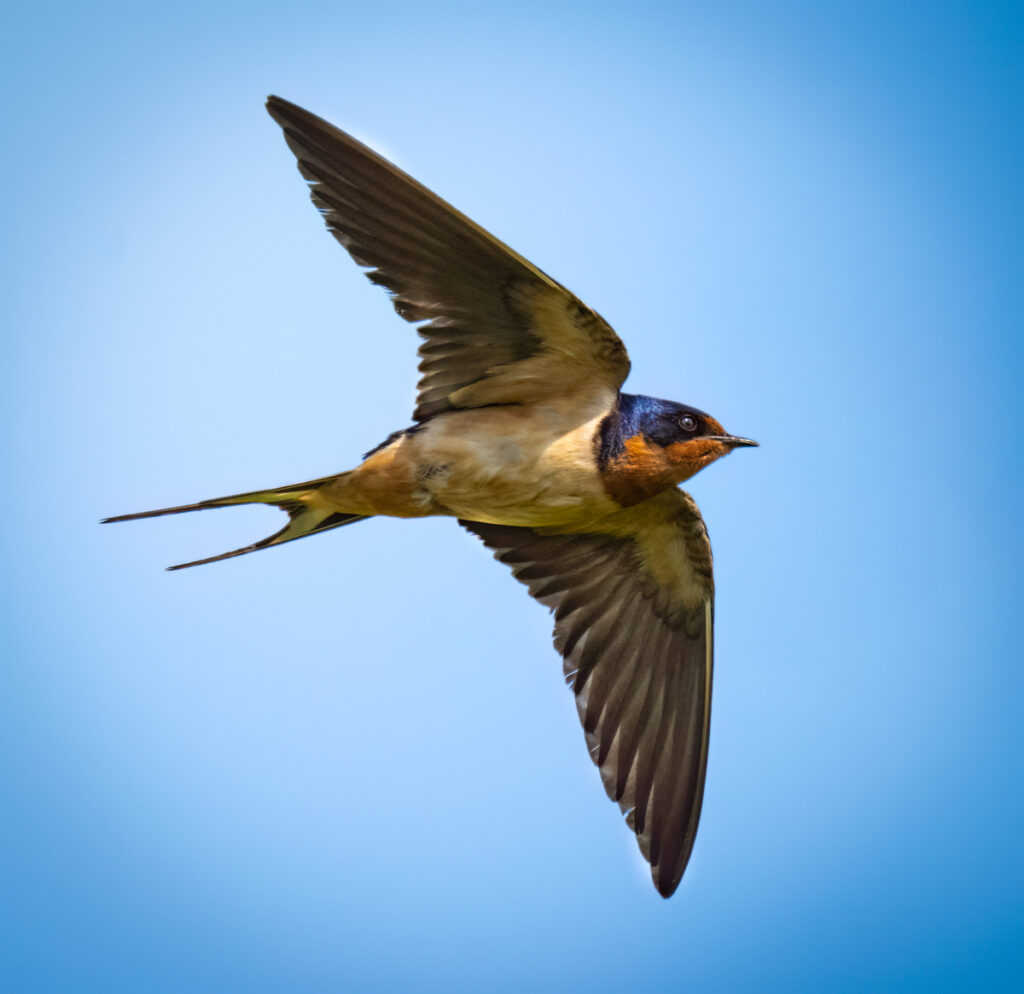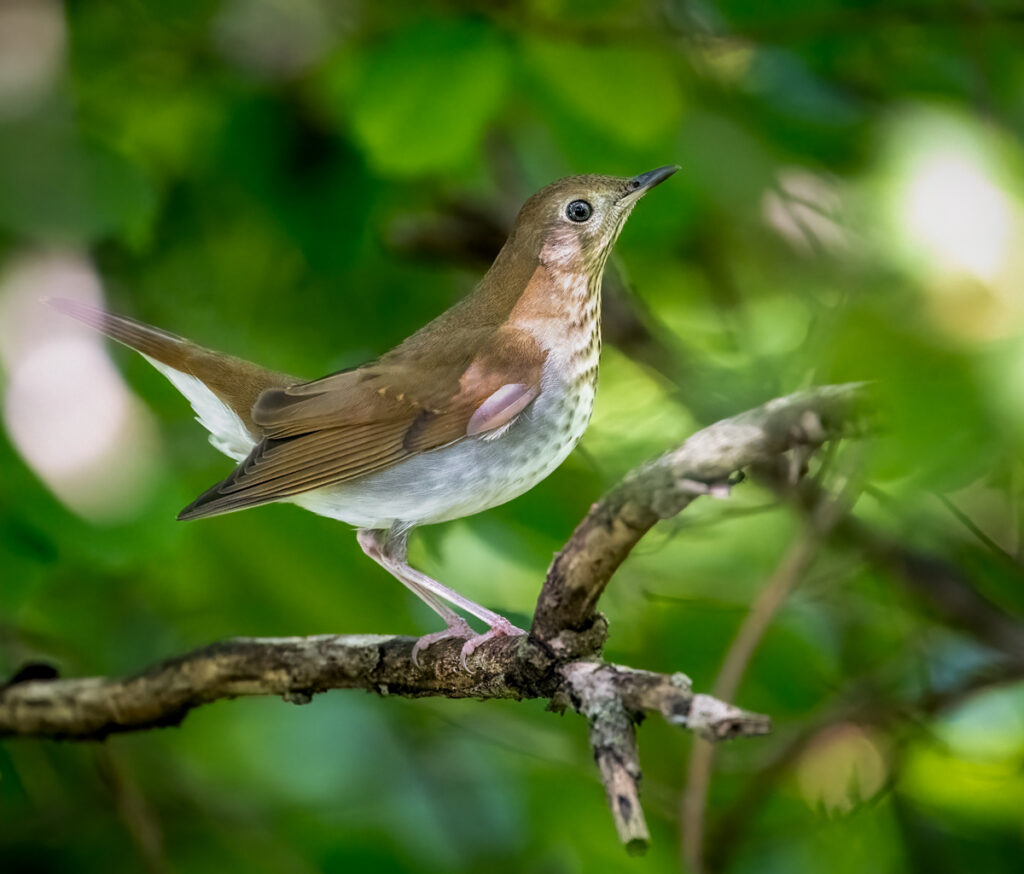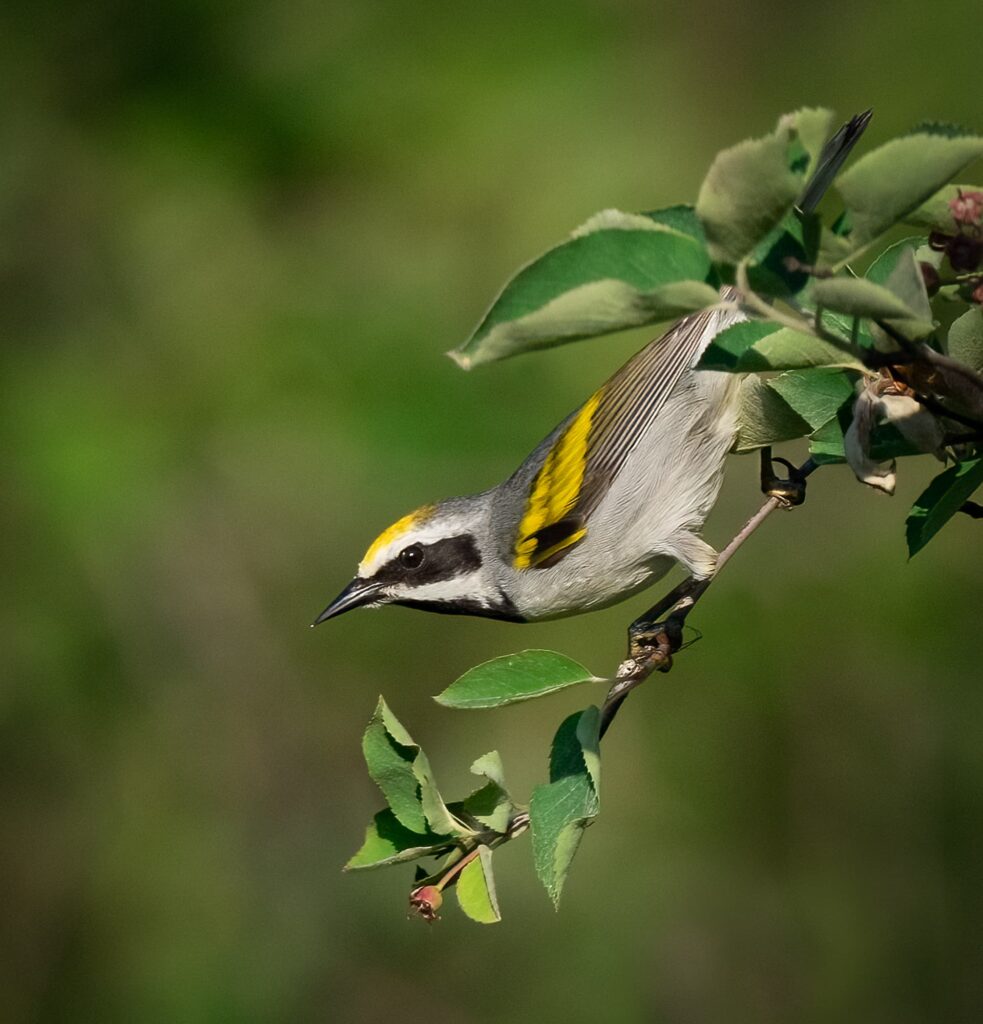
Seagulls headed inland or swallows flying high, folklore tells us that birds have predicted the weather for centuries. Technological advances gave us the science of meteorology and weather forecasts but were the answers already there in the past? Recent research shows us birds know a lot more than we give them credit for.

The Pressure is On
Folk sayings exist as a way for us to understand what we observe around us, often originating in a time when large swathes of the population were uneducated and oblivious to higher minds at work in universities. But despite this lack of alleged knowledge, their truth is becoming more and more self-evident. We now know that air pressure drops when bad weather is imminent, and watching species like swallows and hawks flying lower to the ground was a sure sign of this happening as their ears are very sensitive to these atmospheric changes. Seabirds and migrating birds can detect the faintest trouble on the wind using sensory organs called baroreceptors. These birds don’t need to turn on the Weather Channel; they are often way ahead of us, as new research shows.

Calm Before the Storm
Millions of birds from thousands of species migrate across the Gulf of Mexico to South America from northern states and southern Canada during the fall. It is also a fact that hurricanes tear across the land and water around the same time, often fatal for many birds. Little wonder, then, that some of them have adapted strategies to limit the damage. Researchers at Delaware State University have been tracking the migration cycles of Veery thrushes for over 25 years and have found that these birds can accurately predict the intensity of the oncoming hurricane season. These unassuming songbirds appear to have been timing their breeding seasons depending on the storms that are yet to happen. After-the-fact observations have shown that when the veeries and left earlier on as fall approached, having only one or two broods, the hurricanes that came after were markedly more destructive than in the years when the thrushes stayed for a longer summer, having three and sometimes four broods. The conclusion is that veeries are timing their migration based on something they know will happen in the future. But how?

Distant Thunder
A similar situation has been seen in the migratory patterns of golden-winged warblers. Infrasound is low-frequency sound waves generated by turbulent weather and other natural events like ocean waves crashing, or even volcanic eruptions. These waves travel hundreds of miles and are imperceptible to human ears. In April 2014, US researchers noted the arrival of these warblers at their breeding grounds in Tennessee, but when the researchers arrived a little later, the birds had vanished, only to reappear again five days later. Their tracking devices showed that the birds had turned around shortly after arriving and flown over 900 miles back down south, before heading back north again. During that time, a supercell storm had developed over the Great Plains some 400 miles away – two days before the warblers left. When it hit the Midwest, 84 tornadoes devastated the area, killing scores of people. The scientists concluded the birds had ‘heard’ the infrasound generated by this storm and evacuated in advance, returning when it was safe to do so.
Bird behavior during weather events has always fascinated us, but the secrets they have still yet to be discovered only goes to emphasize how important their conservation and ongoing survival truly is.


